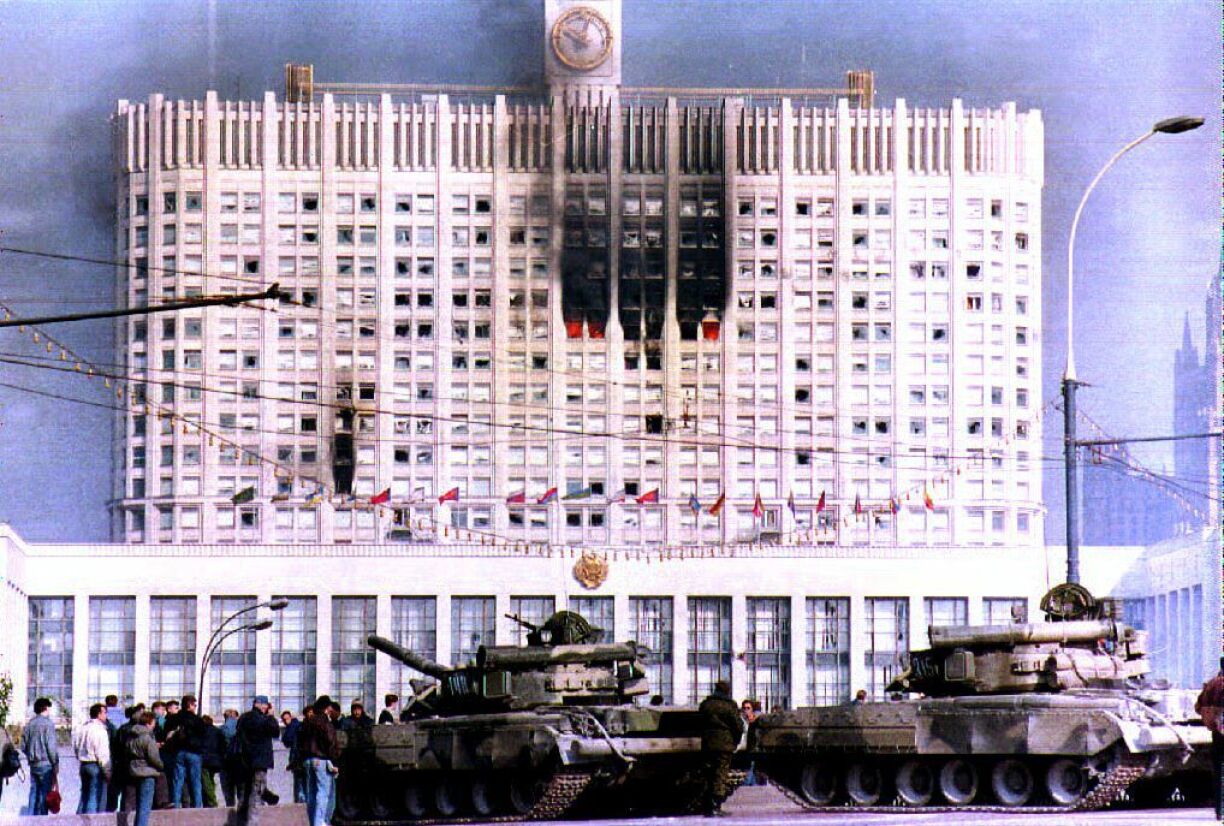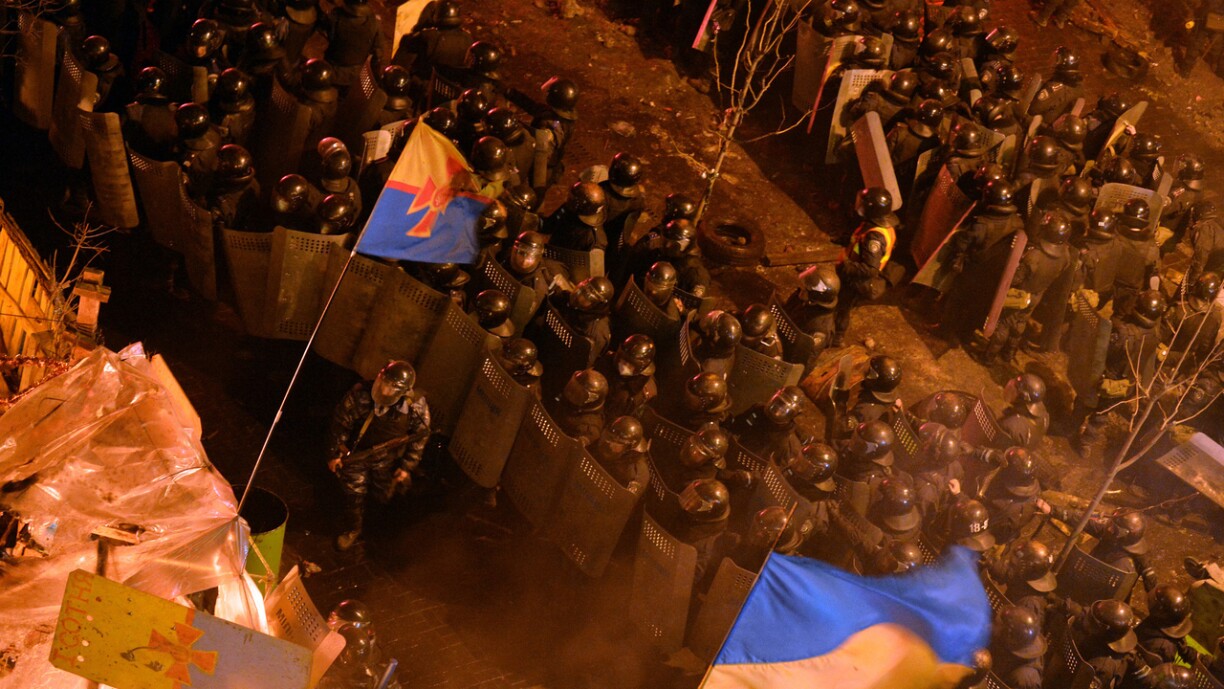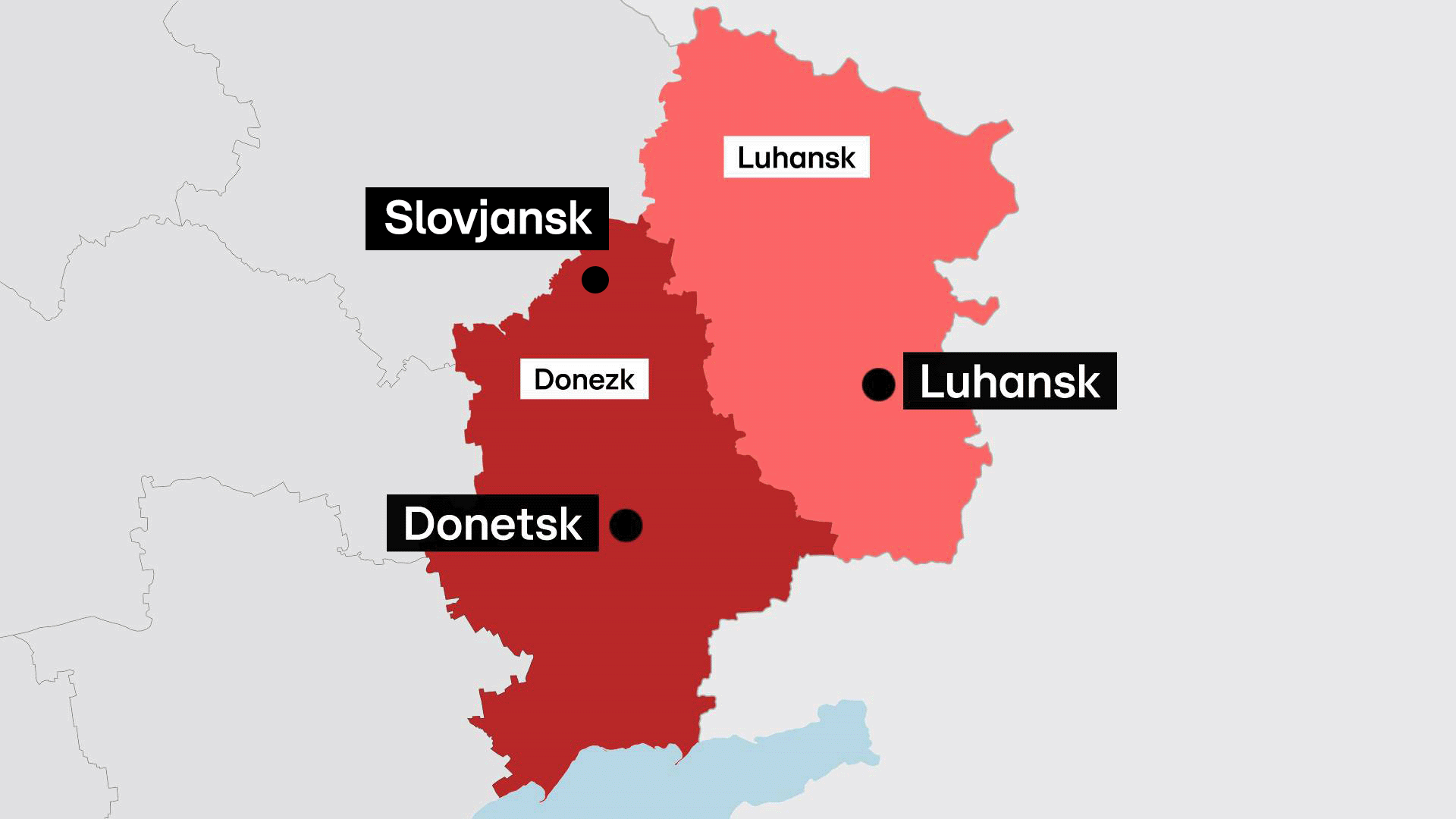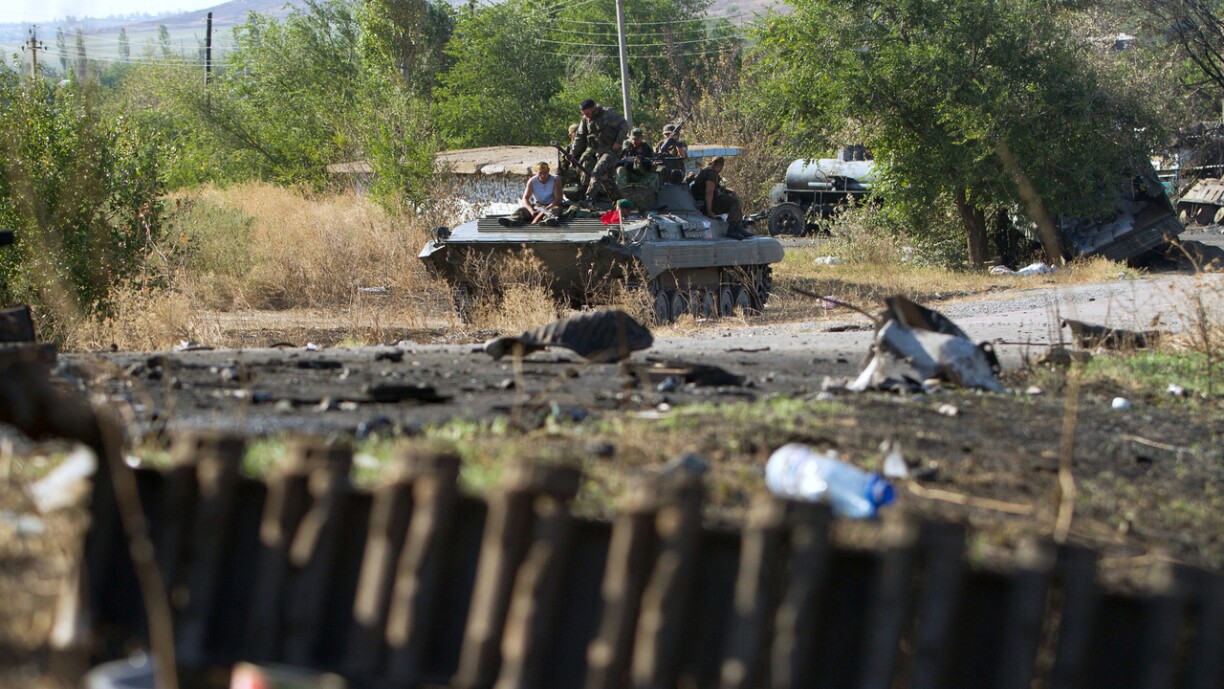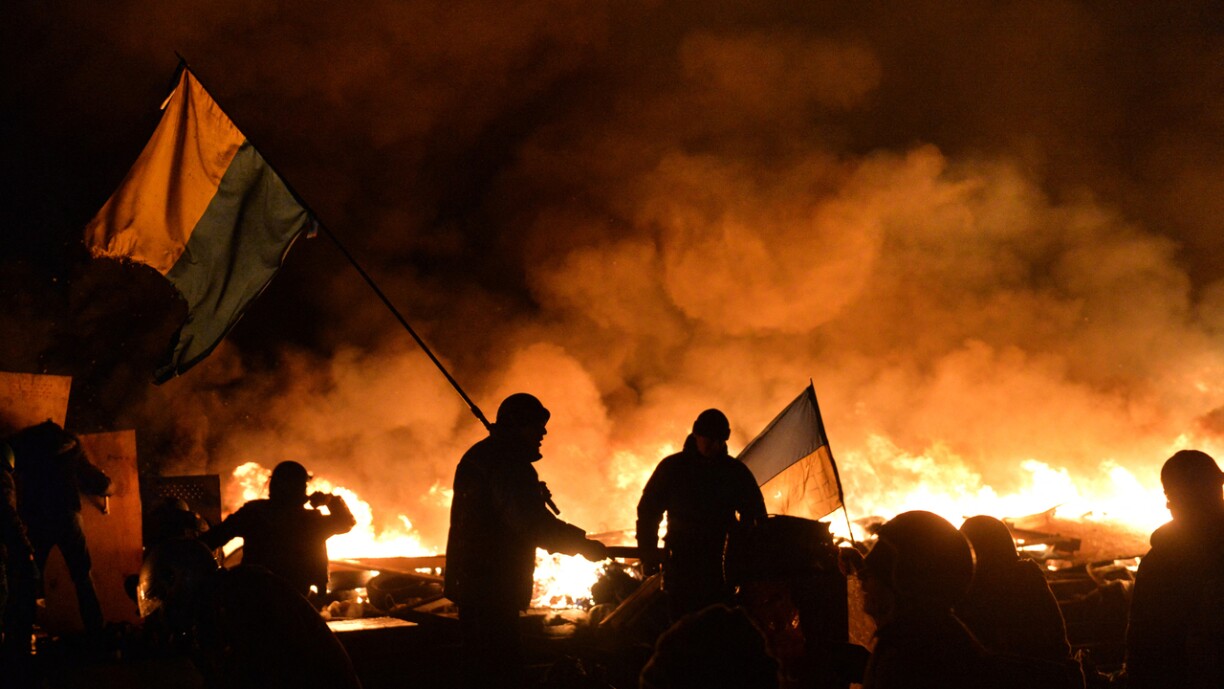
The Ukrainian-born historian Serhii Plokhy argues that the democratic opening at the end of the Soviet period and the independence won in December 1991 ultimately had to be defended not only with words and demonstrations, but with arms, a sobering conclusion he draws in The Gates of Europe.
After the USSR collapsed in the early 1990s, Russia and Ukraine went their separate ways on paper, but their trajectories remained entangled. In Russia, Boris Yeltsin set out to reform and democratise the new federation. In practice he repeatedly fell back on heavy-handed means, famously ordering the shelling of the parliament in 1993. As Plokhy notes in The Russo-Ukrainian War, those methods hollowed out democratisation and helped pave the way for Vladimir Putin, who became president on 31 December 1999.
Ukraine, by contrast, developed a more balanced system in which the president must work with parliament. Public backing for democracy was unmistakable by 2004 during the Orange Revolution: when electoral fraud was alleged, Ukrainians took to the streets and forced a rerun that brought the pro-Western candidate Viktor Yushchenko to victory over Viktor Yanukovych, Moscow’s preferred option.
A decade later mass protests erupted again, this time with Yanukovych as president, who had enriched himself and his family. In November 2013, he abruptly refused to sign an association agreement with the EU that Kyiv had already negotiated, a U-turn that sparked demonstrations in the capital. After a police special unit used brutal force against protesters, the movement broadened from backing the EU deal to confronting a corrupt elite. The uprising turned into a revolution, and a deadly one.
On 21 February, Yanukovych fled to Russia under mounting pressure. More than a hundred people were killed on the Maidan before he left. On 27 February, an interim government took office. In the south and east there was strong scepticism towards the Maidan and the new cabinet, fed in part by the presence of some far-right figures in the transitional line-up, who were then voted out at the first regular elections in May. On 1 March, the first anti-Maidan rallies were held in Donetsk.
The day after Yanukovych’s flight, Putin decided, by his own later account, that Crimea should be returned to Russia. Five days on, on 27 February, masked, heavily armed men in unmarked uniforms seized the regional parliament in Simferopol. These irregulars, soon dubbed “little green men”, prepared the ground for overt Russian military deployment across the peninsula, while Ukrainian units there stood down.
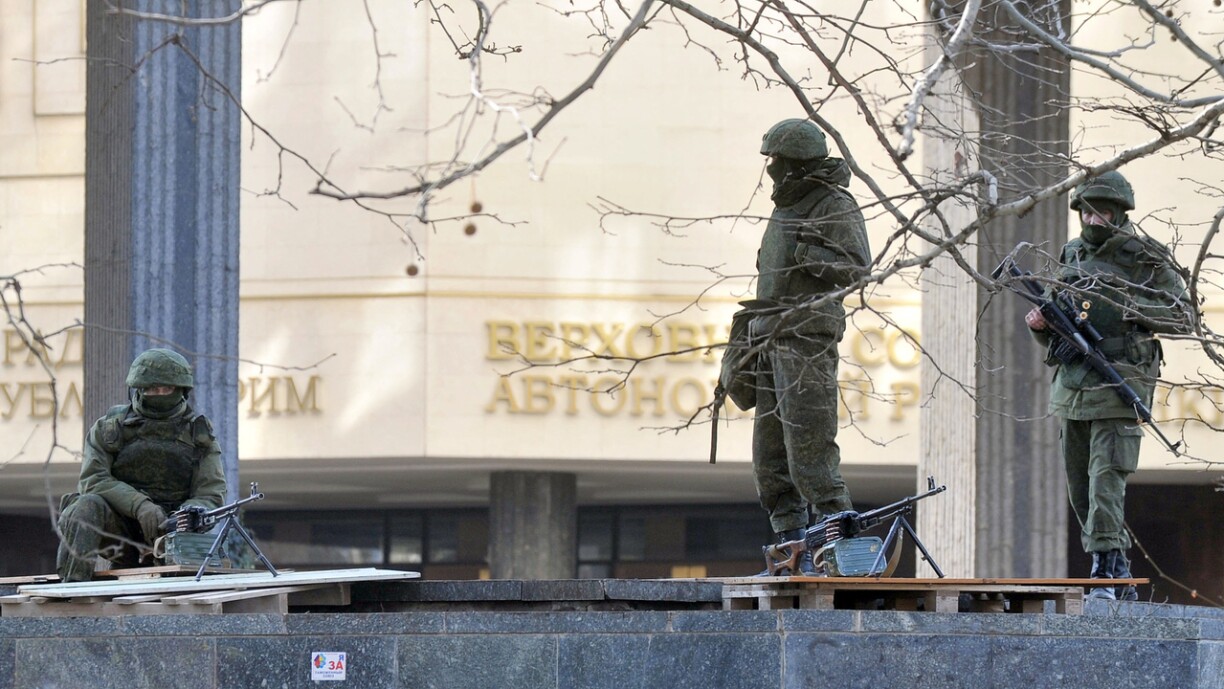
A referendum was staged on 16 March in which a claimed 97% backed joining the Russian Federation. The vote was not recognised internationally and was widely judged a sham. One telling “result” had Sevastopol at 123% in favour. Moscow rapidly formalised annexation.
The Kremlin framed it as correcting history: Crimea, it argued, had a large ethnic-Russian population and had been “attached” to Ukraine by Khrushchev in 1954 without justification.
The historical picture is more complex. Until 1944 Crimea was the homeland of the Crimean Tatars, a Turkic-speaking Muslim people. Accused en masse under Stalin of collaborating with the Nazis, despite the fact that more Crimean Tatars fought in the Red Army than with the occupiers, they were deported to Central Asia.
Their removal made way for Russian and Ukrainian settlers, and Crimea lost republican status in 1945, becoming an oblast within Soviet Russia. In 1954, Khrushchev transferred it to the Ukrainian Soviet Socialist Republic (SSR), partly for economic reasons and partly because the peninsula is linked to Ukraine by land.
Alongside the seizure of Crimea, anti-Maidan sentiment in the traditionally more Russia-leaning east surged in late winter and early spring 2014. On 1 March, the first rally was held in Donetsk. The government in Kyiv struggled to stabilise the region. As the historian William Jay Risch notes in Prelude to War, the split in the Donbas was driven not only from within but also by actors from outside.
On 12 April, armed, well-trained men without insignia took the police station and other buildings in Sloviansk. That same day Igor Girkin, also known as Strelkov, a former Russian Federal Security Service (FSB) officer with fighting experience in Chechnya, Transnistria, and Bosnia, arrived with about 50 men.
He was soon proclaimed commander of the “Donetsk People’s Army”, the armed wing of the self-declared “people’s republics” of Donetsk and Luhansk, announced on 7 and 27 April respectively. During the Sloviansk episode, foreign journalists and OSCE monitors were abducted and later released in early May after negotiations.
Kyiv responded by mobilising its under-resourced army and launched what it termed an “Anti-Terrorist Operation” (ATO) once Girkin’s group had seized buildings and an officer of the Security Service (SBU) had been shot dead. Even Girkin later said in interviews that he and his men had deliberately provoked war in April 2014.
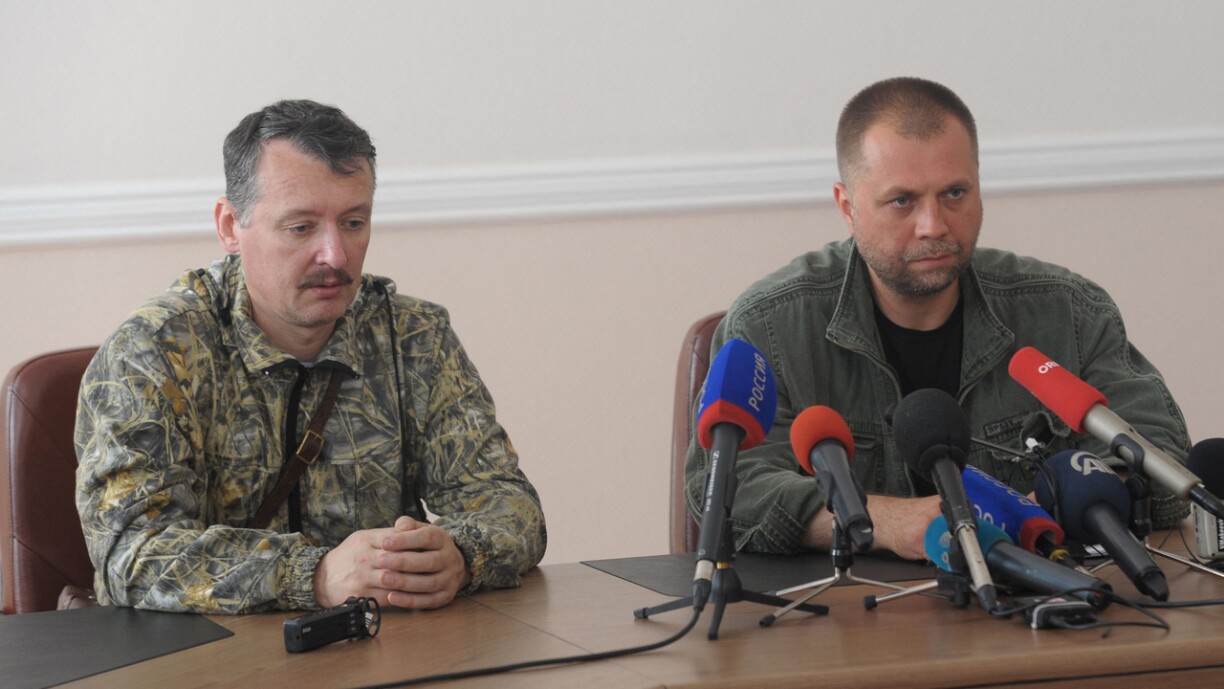
On 11 May the separatists staged “referendums: in the Donbas, claiming large majorities for secession. Independent verification was impossible. Surveys by the Kyiv International Institute of Sociology suggested no broad pro-separatist majority. Rather, many east-Ukrainians felt alienated from the west but preferred greater autonomy within Ukraine.
Within a week, Russian national Aleksandr Borodai, a figure with ties into Russia’s elite and a military background who had also been involved around the Crimea operation, was installed as the first “prime minister” of the Donetsk entity.
Though both he and Girkin professed independence, many analysts judge that Moscow at minimum tolerated, if not quietly directed, the pair. Girkin was also appointed “defence/security” chief on 26 April. Both men stepped down in summer 2014 and were replaced by local separatists, which was seen as an effort to give the project more local legitimacy.
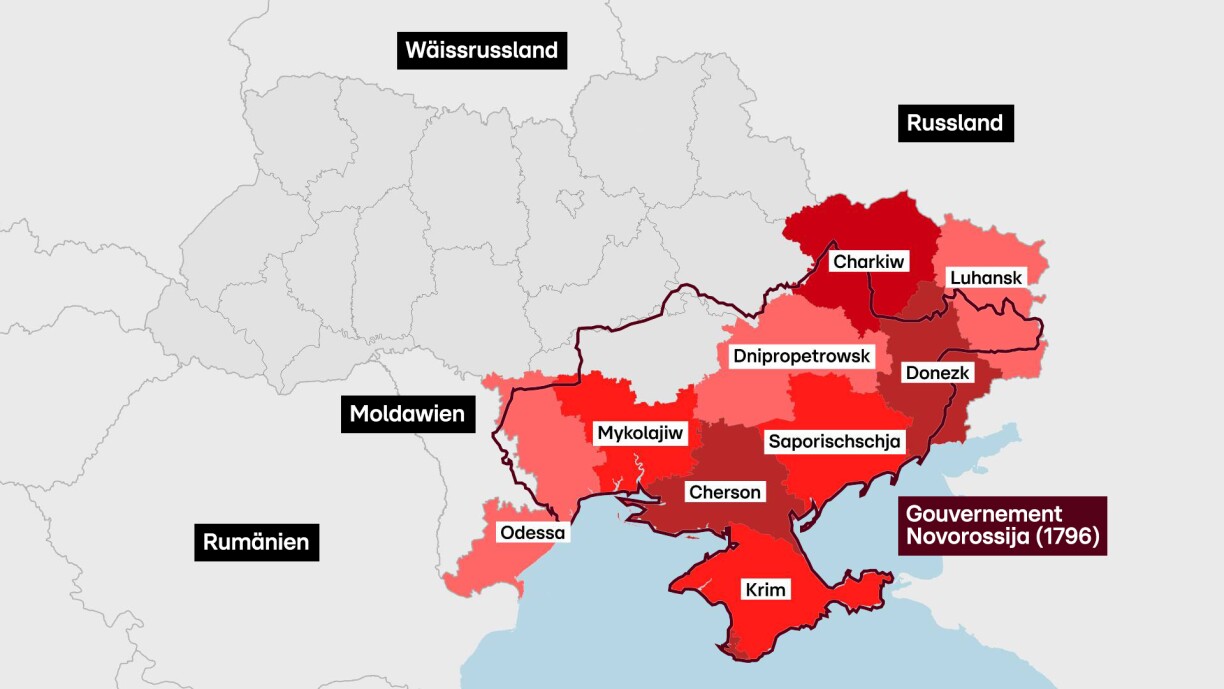
As outlined in part one of this series, the imperial-era concept of “Novorossiya” resurfaced in 2014. On 17 April Putin publicly invoked it, suggesting claims over Kharkiv, Donetsk, Kherson, Mykolaiv, and Odesa, regions he said had not been “Ukrainian” until the 1920s.
Separatist activity flared across much of the south-east. In Odesa, clashes on 2 May left 48 people dead. Despite heavy propaganda, including from Russian state TV, a broad “Novorossiya” movement failed to take root, and the strategically vital city of Odesa remained firmly under Kyiv’s control.
On 24 May the Donetsk and Luhansk entities announced a “Union of the Republics of Novorossiya”. By late 2014, however, it was clear there would be no larger uprising and no land bridge from Russia to Transnistria. The Kremlin quietly shelved the concept for years thereafter.
On 26 May, Ukrainian forces chalked up a first clear battlefield success by retaking Donetsk airport from separatist fighters. Kyiv’s forces deployed heavier assets through June and drove Girkin’s men out of Sloviansk, with more than 50 killed on both sides and civilian casualties too.
Girkin and other commanders fell back on Donetsk. Historian Timothy Snyder writes in The Road to Unfreedom that Girkin adopted a ruthless tactic in the city: positioning among civilians so that Ukrainian strikes would cause collateral casualties, fuel for fresh enlistment driven less by ideology than by revenge, he wrote. Surveys suggested that tactic worked: new recruits joined after losing relatives and friends.
On 17 July, the conflict seized global attention when Malaysia Airlines Flight MH17 was shot down, killing all 298 people aboard. Open-source investigators at Bellingcat later traced the Buk missile system involved to Russia’s 53rd Air Defence Brigade based in Kursk. Its equipment had been moved across the border into Ukraine shortly before the shoot-down.
In August, as noted, Girkin and Borodai exited their posts. Whether this was directly linked to MH17 is uncertain. By late summer Ukrainian troops had the upper hand around Luhansk and elsewhere. On 12 August, Russia intervened with regular forces to prevent the collapse of its proxy entities.
The Kremlin sent not only infantry but armour, including T-72B3 tanks, a variant Ukraine did not possess, hence clearly of Russian origin. Their presence was evidenced by wrecked vehicles, captured documents and Russian servicemen taken prisoner.
This intervention helped block a Ukrainian victory at Ilovaisk. Ukrainian troops, promised a “humanitarian corridor” to withdraw, were attacked by separatist and Russian units. More than 350 Ukrainian soldiers were killed, and around 150 Russian soldiers also died.
The defeat around Ilovaisk, from 7 August to 2 September, forced Kyiv to lift its siege of Luhansk and abandon hopes of quickly retaking all territory. Militarily and politically, President Petro Poroshenko’s government had little choice but to negotiate.
Talks produced the Minsk I agreement aimed at halting the fighting, easing the humanitarian crisis, freeing hostages, and removing foreign fighters. The guns never fell fully silent.
A second deal, Minsk II, followed in February 2015 to try again to enforce a ceasefire. By the time Russia launched its full-scale invasion in 2022, more than 14,000 people had been killed in eastern Ukraine.
The 2022 invasion was thus not the first time Russian troops fought on Ukrainian soil. In Crimea, the military moved without open combat. in the Donbas, regular Russian units and armour fought and killed Ukrainians.
Putin’s 2014 project to seize the south and east only succeeded in Donetsk and Luhansk. In September 2022, Moscow announced the annexation of those two regions along with occupied parts of Kherson and Zaporizhzhia, claims rejected internationally.
Part I: Donbas: from its beginnings to the early 21st century

